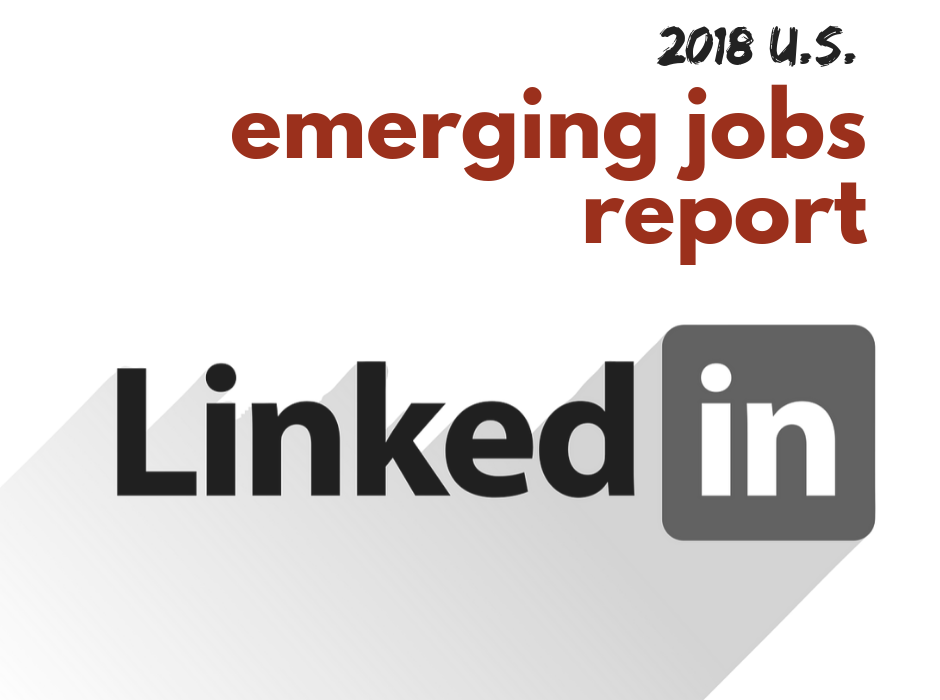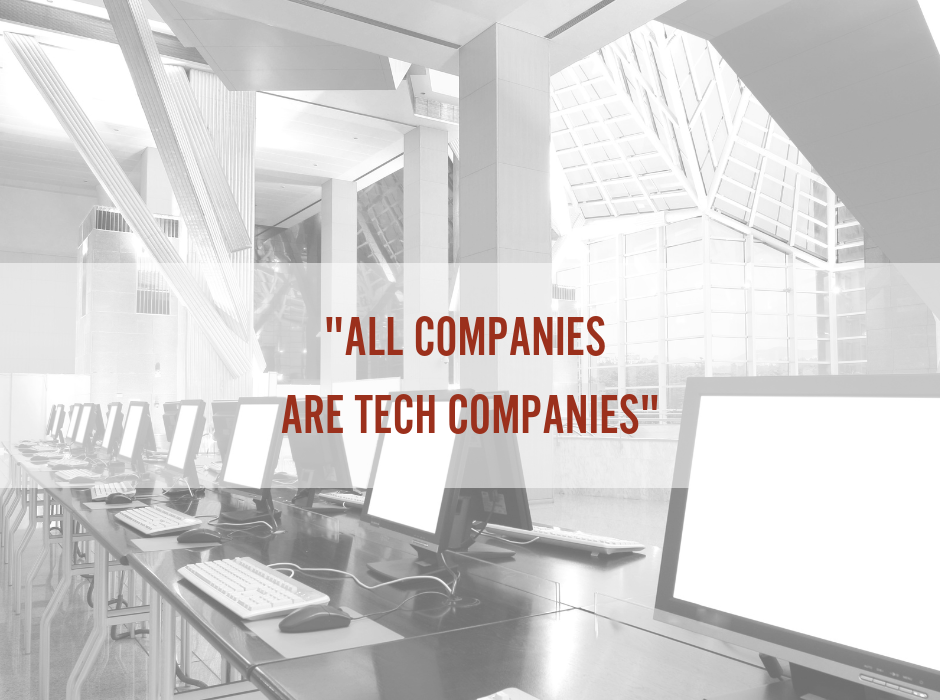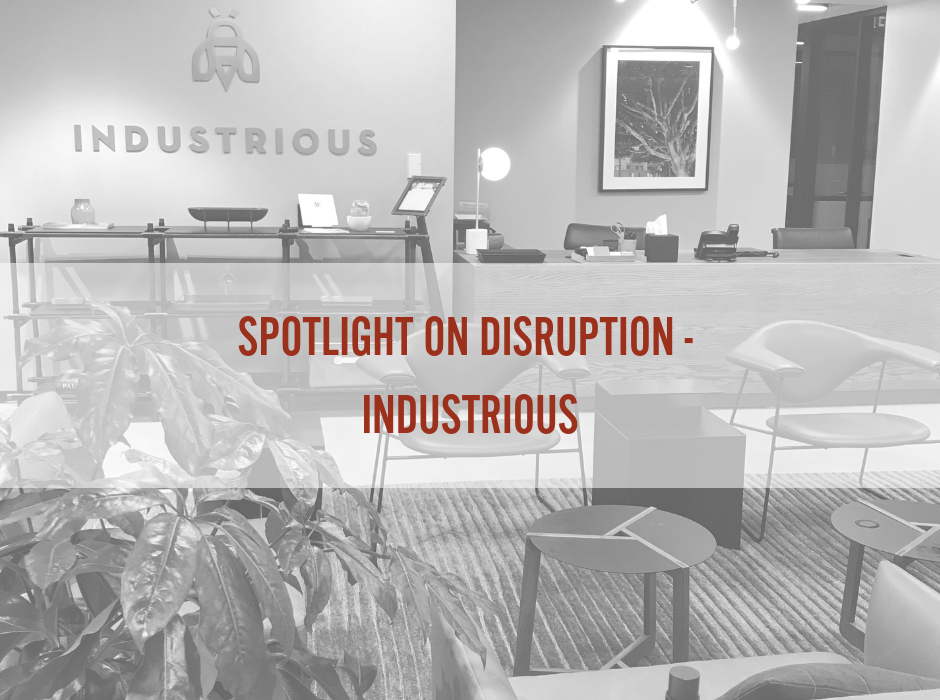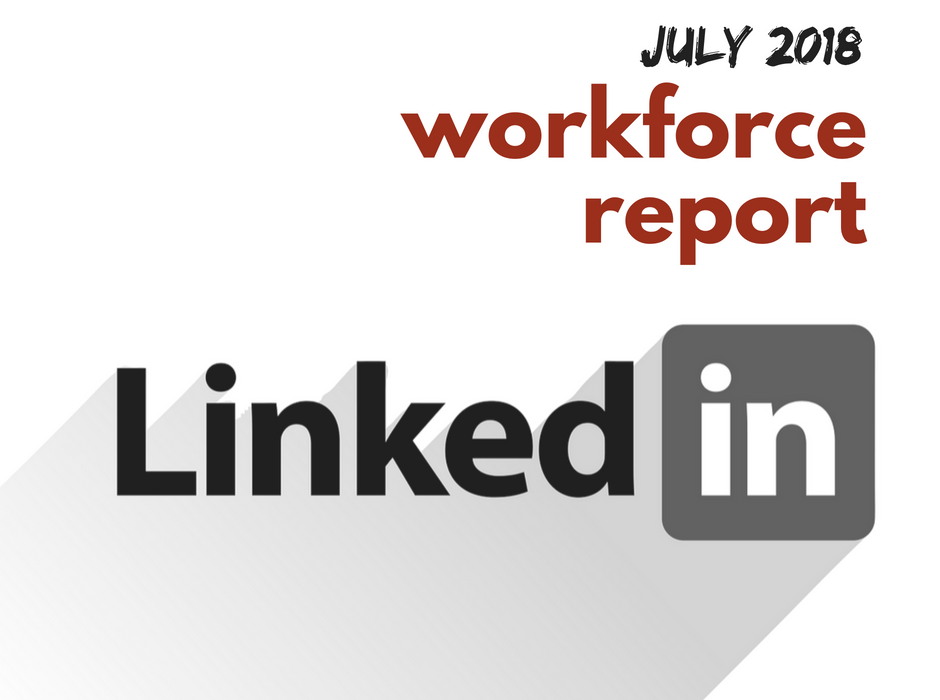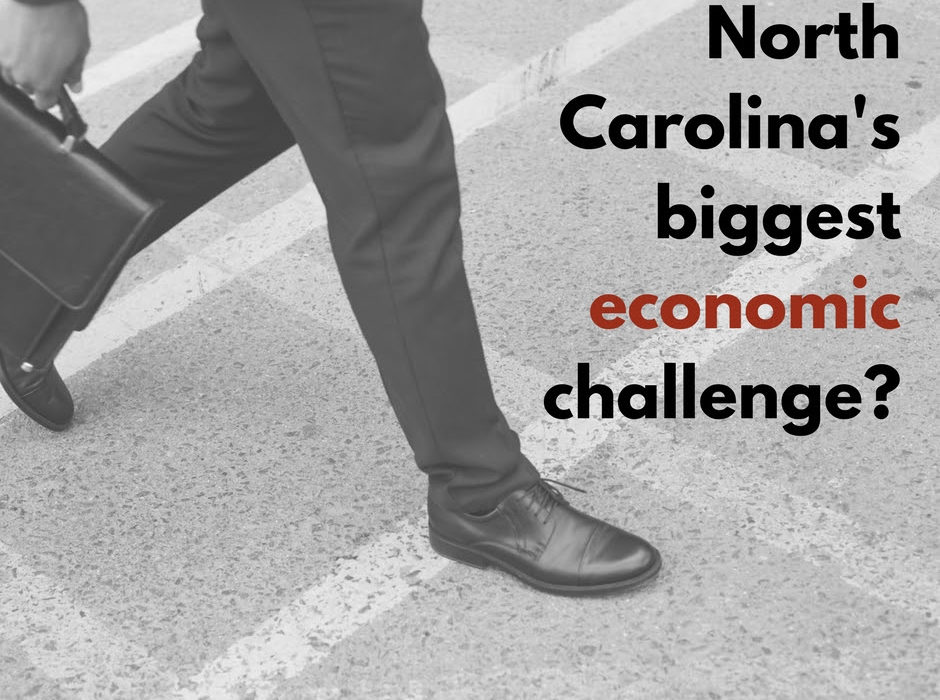2018 U.S. Emerging Jobs Report
- AI is here to stay (6 out of the 15 emerging jobs are related to AI in some way).
- Basic business operational functions are on an upsurge.
- Soft skills – oral communication, leadership and time management – account for the largest skills gap.

